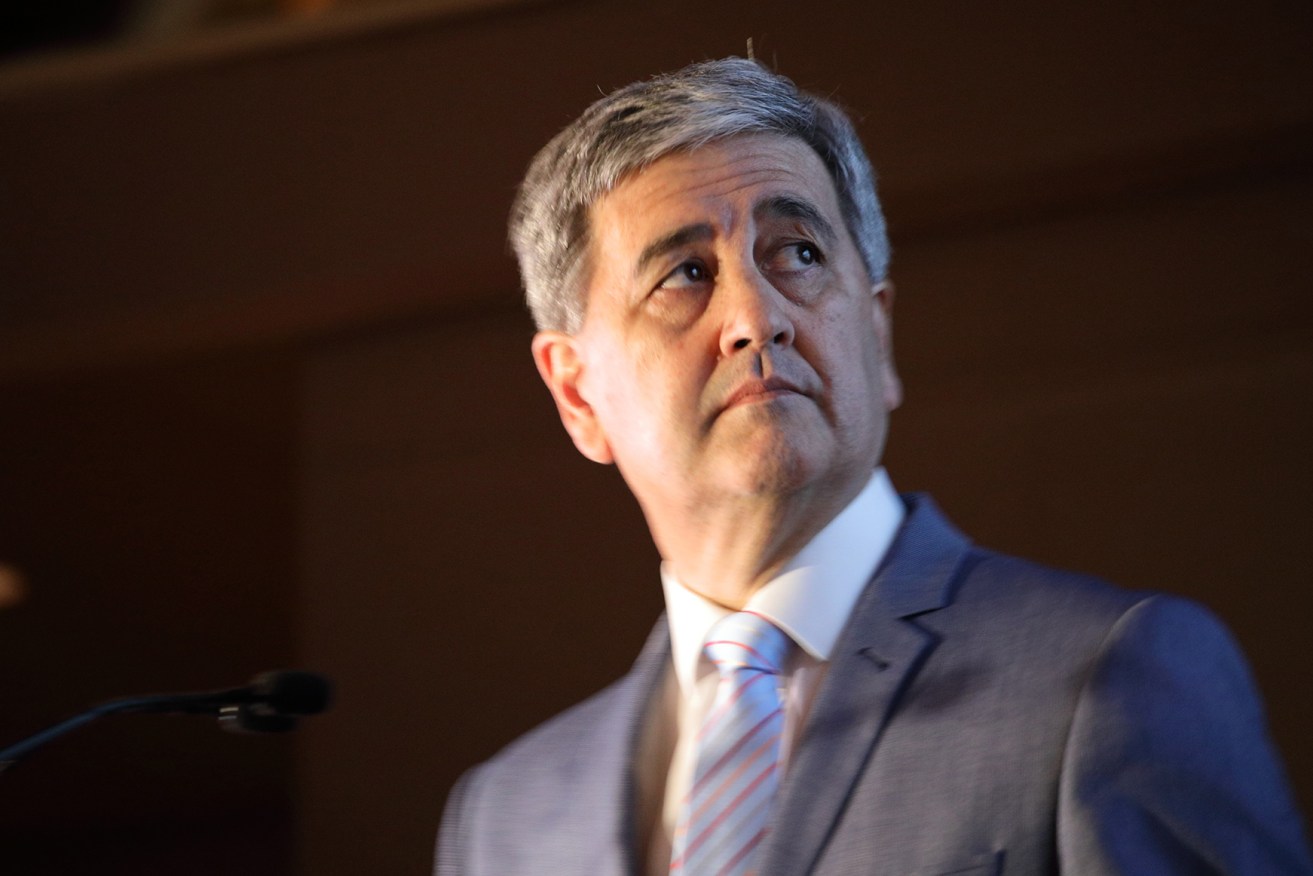Your views: on tweaking tax policy, and improving public transport
Today, readers suggest improvements to the state’s tax system, and why investing in public transport makes financial sense.

Treasurer Rob Lucas. Photo: Tony Lewis/InDaily
Tweak tax policy to improve bottom line
Commenting on the story: The true cost of South Australia’s tax cuts
This article seems to be based on the premise that the system is firstly closed, and secondly is working at peak efficiency. That is, a reduction in the tax rate means that there is a resultant correspondent decrease in tax revenue, and that a decrease in tax revenue will result in an equivalent dollar value reduction in services.
In relation to the second part I’m sure that we can find efficiencies in practices, improvements in technology, and review or replacement of redundant procedures to improve services without a cost increase, and conversely maintain services with a reduced financial input.
I’ll use land tax to illustrate the first part of my comment. Land tax rates in SA are in effect the highest in the country, both in absolute terms and the value point at which the top rate cuts in. The top rate which applies to aggregated land value of a little over one million dollars is 3.7%.
On many older inner city, inner suburban and beachside locations the land value is by far the major component of the property value.
Typically this is the kind of affordable housing that students or unemployed people share. Gross rental return on this type of property would generally be below the top rate of land tax (let alone local government and interest charges). Given the top rate and the cut in thresholds which apply interstate (in Queensland for example top rate of 2.5% cuts in at $10 million) this makes investing in these types of properties totally unattractive in SA.
If taxation policy in SA were successfully used as a tool to make the state an attractive place to invest in, total revenue could well increase even though the applicable rates were reduced.
Whilst the reductions in land tax rates to be introduced in SA still leave us with the highest rates in Australia, it is a step in making the State that little bit more attractive as a place to invest in.
Further steps in this direction may result in a turnaround in the outflow of investment and will gradually increase the size of the pie and potentially the total tax revenue available to the government. – John Wyk
Improve public transport and encourage commuters to leave the car home
Commenting on the story: Adelaide’s public transport users need a more powerful voice
As a full time public transport user for over 10 years, Adelaide feels like a city made for cars.
Since moving to the western suburbs last year, I have noticed that options are greater and services more frequent than in the Northern suburbs, but the problems are the same.
Lack of cross suburb services, no after midnight services except on Saturdays, infrequent and in some cases non-existent daytime weekend services, new train stations added and peak services cut at stations in between with commuters advised to drive to already full car parks at a more frequent station in order to make their daily commute. This is just the tip of the iceberg.
None of this encourages people to catch public transport, despite the fact that this would reduce road congestion, help families save money on petrol and parking, and, shock horror, even reduce our emissions.
Who does this lack benefit? Certainly not the average Adelaidean. – Anne Warman
What is public transport? Our roads are public property and are designed for transport. The vehicles are 99.9 % private and this is where the problems start. The problem is not that the roads are popular to use, it is that the vehicles are too large, too inefficient and too polluting.
There are too many users, mostly single occupant, so exclude other more efficient modes – buses and bikes.
If a bikeway network was superimposed on our road network, that too is public property for private individuals 8 to 80 years to use.
Here the vehicles are ultra efficient, just 16% of the size, clean, improve mental and physical health and improve business trade, with a very low impact.
With congestion ever growing it is only viable to seek public transport opportunities off road. Take Copenhagen. They are just a few million people bigger than Adelaide yet are just putting the finishing touches to a Metro Underground System.
How could they afford it? The first big budget saving was the 43% commuter cyclists. This saved the government over €300 million a year in health costs. Building it brought major street disruption but they always kept a path open for cyclists and so kept traffic moving.
If we are to get more dynamic and efficient transport networks we need to think more holistically and bikes are a good place to start. – Tim Eisemann
How to contribute
Send us an email, making it clear which story you’re commenting on and including your full name (required for publication) and phone number (only for verification purposes). We also accept contributions and comments on topics that haven’t been the subject of an InDaily article, but which might be of concern or interest to you.
We’ll publish contributions in a regular “Your views” post. Your comments can be brief, or we can accept up to 350 words, or thereabouts. Please put “Reader views” in the subject. Comments may be edited for clarity and brevity.




